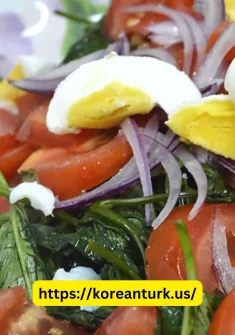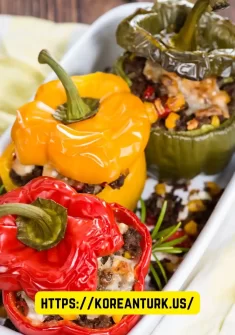Biko is a combination of glutinous and coconut milk with brown sugar. It’s the perfect snack or dessert. This traditional Filipino rice is sweet and creamy. It’s also gluten-free.
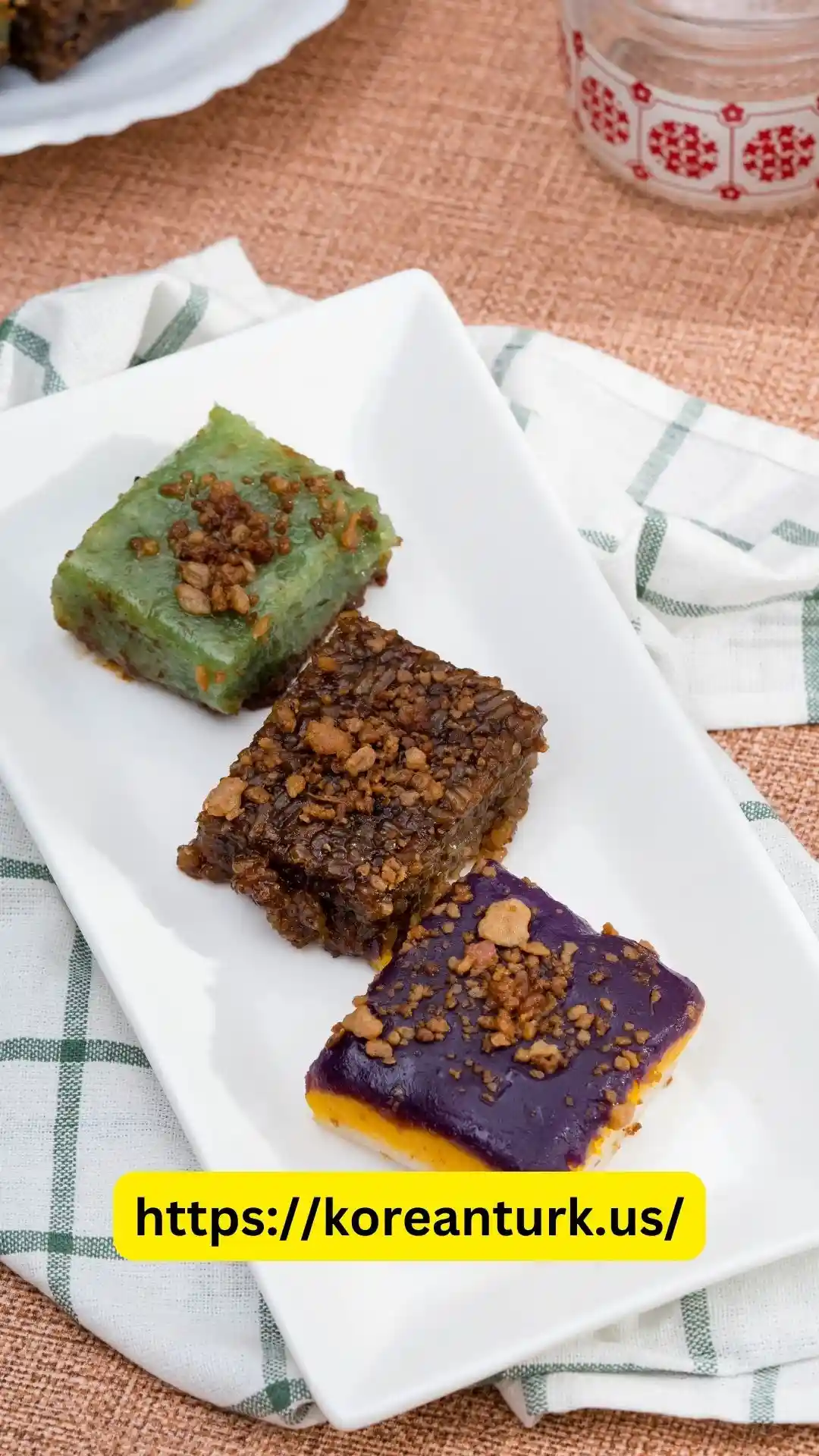
There are several ways to make Biko (also known as sinukmani) in the Northern region. The easiest way to make biko is to steam the glutinous rice and finish it with coconut milk-brown sugar syrup.
You can also cook sweet rice in coconut milk. This gives the rice a richer flavor because it absorbs more coconut milk. However, this method doesn’t have the same texture as a good kakanin.
Ingredients
- Glutinous rice – The sweet white variety of sweet rice is the traditional choice, but you can also use black or purple sweet rice for a festive look.
- Brown sugar – If you prefer a darker caramel color, brown sugar is the best choice. For a more authentic taste, you can use peanuts or muscovado.
- Coconut milk- To finish the sweet rice, adds a creamy flavor.
- Coconut cream- To make latik
- Water – The ratio of 1 1/2 cups of water to 2 cups of rice yields a dry, partially cooked texture
- A small amount of salt can balance the richness and creaminess of the rice cake.
Steps to cook
The three steps to make this Filipino rice delight are simple but require sweat and attention.
- Latik: Remember to save the coconut oil that you have extracted and to use to grease your pan and rice cakes
- You can steam the rice until it is partially cooked. To add some aroma to the rice, you can add a few pandan leaves to the water while cooking.
- The bulk of the work is done by steaming the sweet rice in sweetened coconut cream. The biko mixture should be secured to avoid it burning. If you have a silicone spoon and a large nonstick pan, this will make it easier to stir and reduce sticking. It will take approximately an hour to make the rice cake. The rice cake is ready when it is very sticky and pulls away quickly from the sides of the pan.
Biko or Bibingkang Malagkit
I have a bibingka malakkit recipe that uses very similar ingredients. Readers often ask me what the differences are between them.
If I’m wrong, feel free to comment below. However, bibingkang Malagkit is another form of biko. It is made with thickened coconut milk-brown syrup instead of coconut curds.
Serving suggestions
Once cooked, the biko can be packed in a bamboo tray (bilao) or a tin pot. The biko is then cut into portions and topped off with latik. This is traditionally eaten as a snack, after-meal dessert, or with coffee, soft drinks, and samalamig.
Instructions for storage and reheating
- Biko is made with coconut milk. It should be kept at room temperature for no longer than 2 hours to prevent spoilage.
- Cling wrap leftovers well or place them in a container with a lid. Freeze for up three days, or freeze for up two months.
- Cold rice will cause the rice to have a more challenging texture. Heat the rice in the microwave for 20-30 seconds until it is warm. Refreeze any frozen items before heating.
Quick Tip
If refrigerating the sticky rice cake for future use, do not brush it with coconut oil. The oil will harden in the cold and turn into a white film. When ready to serve, brush.
Biko Recipe
Biko is the Filipino’s favorite dessert or snack! This rice cake is gluten-free from glutinous rice and sweetened coconut milk.
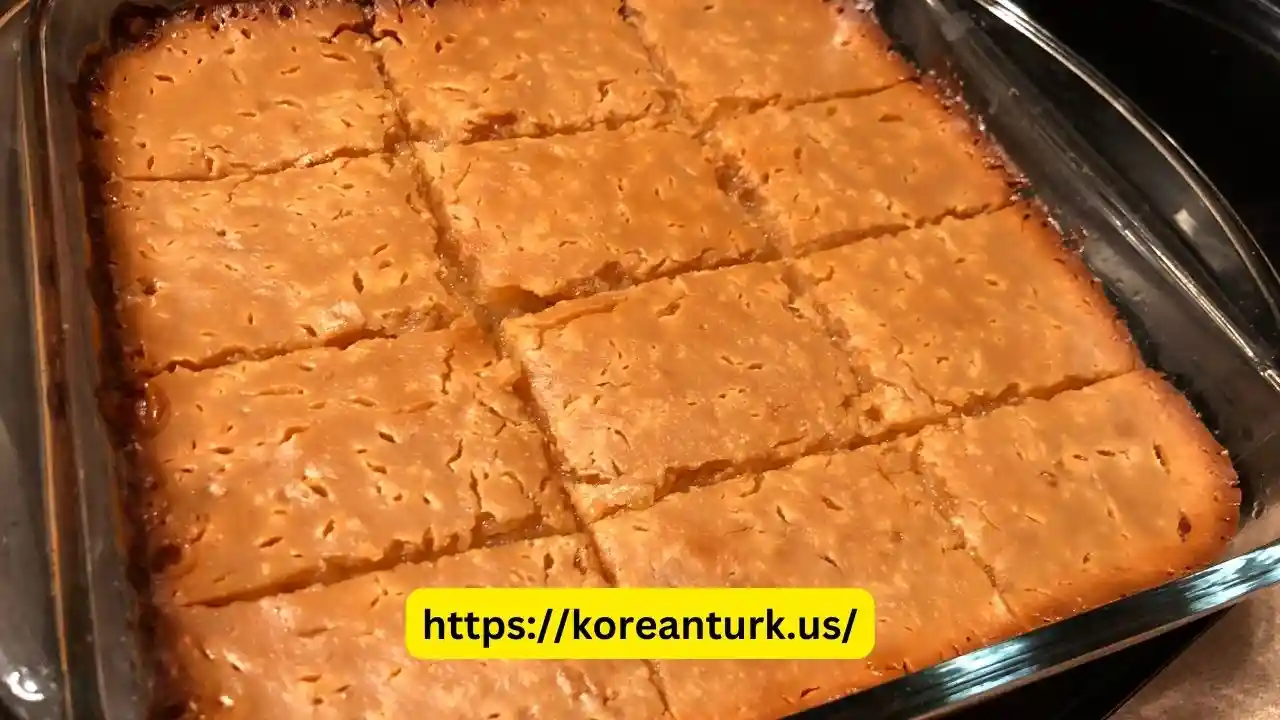
Ingredients
- 1 cup coconut cream (kakang gata)
- 3 cups coconut milk
- 2 cups glutinous rice
- 1 1/2 cups water
- 1 cup dark brown sugar
- 1/2 teaspoon salt
Equipment
- 8 x 5-inch rectangle pan
Instructions
- Place the coconut cream in a saucepan over medium heat and bring it to a boil. Cook, occasionally stirring, for about 15 minutes or until the liquid thickens.
- Reduce heat to simmer. Reduce heat to a simmer.
- Cook and stir the curds until they turn golden brown. Drain latik using a colander or fine-mesh sieve. Save the oil.
- Coconut oil can grease the bottom and sides of your baking dish. Set aside.
- Rinse glutinous rice several times until the water runs clear. Drain well.
- Combine rice and water in a large bottom pot. Bring to a boil over medium heat. Reduce heat and cover the pot. Cook until all liquid has been absorbed. Let cool, then use a fork or a spoon to separate the grains.
- Combine coconut milk, brown sugar, and salt in a large nonstick skillet on medium heat. Mix until well combined and bring to a boil.
- Reduce heat and cook on low until the mixture becomes slightly thickened.
- Mix rice with the water and stir to distribute evenly. Stirring occasionally, cook for approximately 1 hour or until the mixture is thick and sticky and pulls away slightly from the sides.
- To even it out, spoon the biko into the prepared baking dish.
- Lightly brush the top with coconut oil. Cut into portions and then top it with latik.
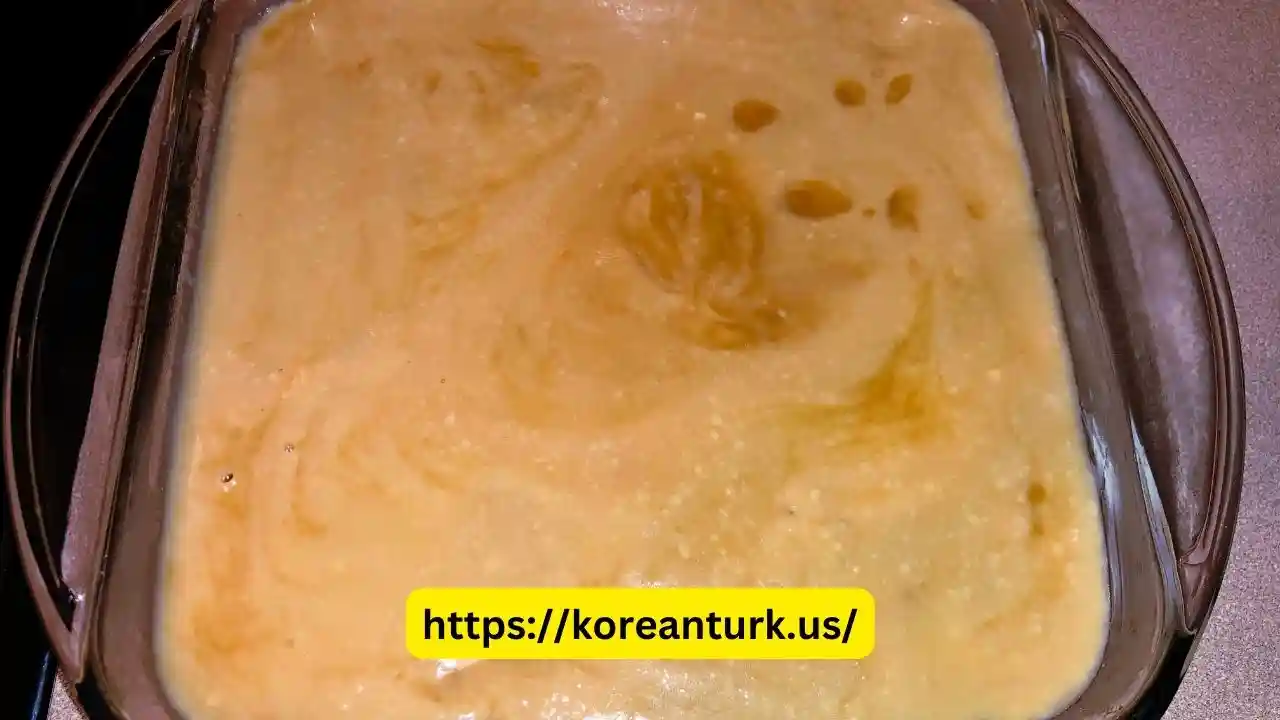
Nutrition Information
Calories: 332kcal. Carbohydrates 45g. Protein: 3g. Fat: 16g. Saturated Fat 14g. Sodium: 212mg. Potassium 213mg. Sugar: 17g. Vitamin C: 0.7mg. Calcium: 33mg. Iron: 3.1mg.
If you liked this recipe, you’d love these:
Ginataang Kamoteng Kahoy Recipe
